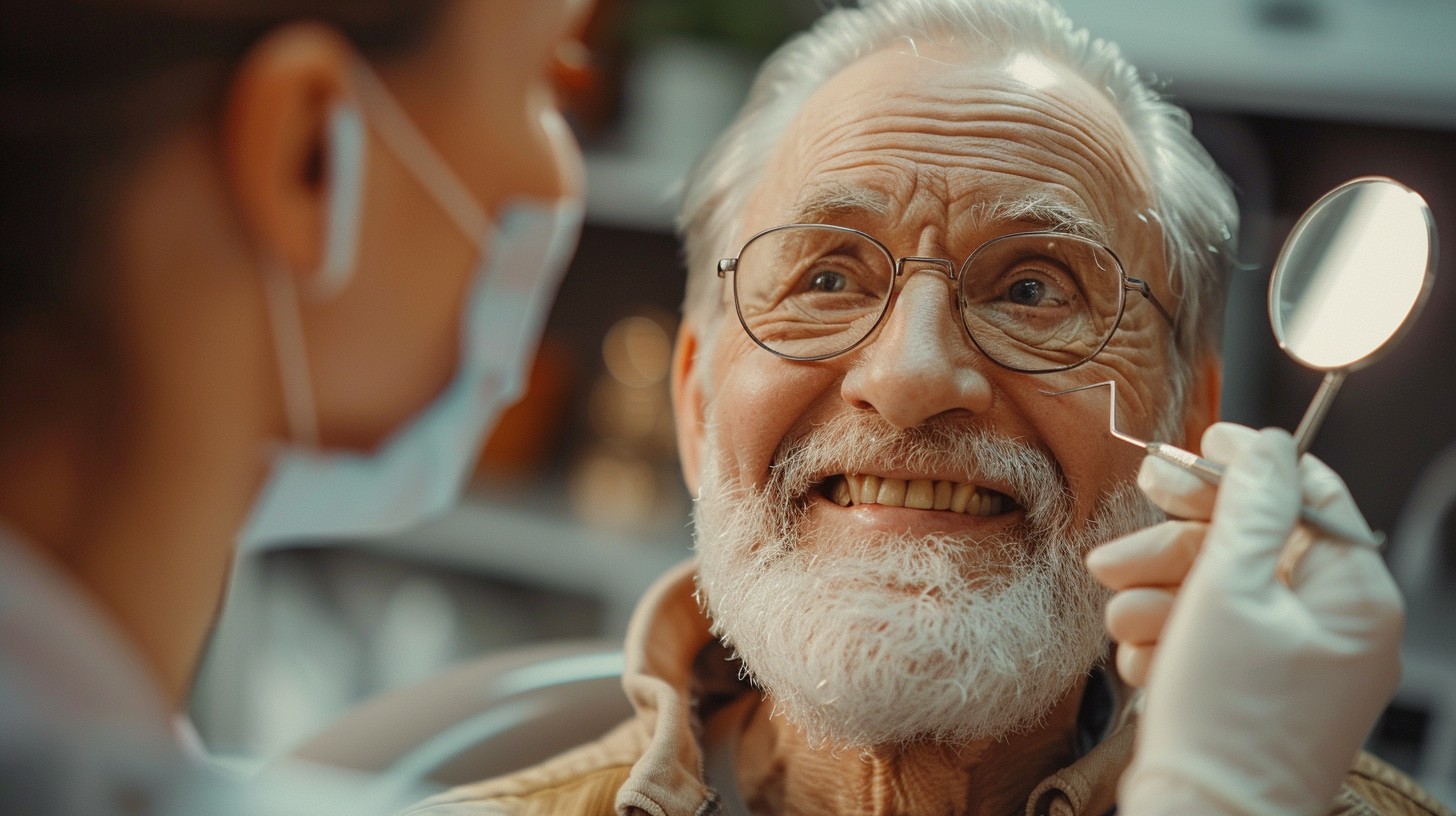1st Oral Cancer Stages, Oral cancer is a serious and growing concern that affects thousands of people each year. It can impact the lips, tongue, mouth, and throat, and early detection is key to improving survival rates and reducing the risk of recurrence. In this blog post, we will explore the first stage of oral cancer, its symptoms, and what you can do to prevent and detect this disease. The first stage of oral cancer is crucial in determining the best course of treatment and improving outcomes for patients. During this stage, the cancer is localized and has not spread to nearby tissues or lymph nodes. Symptoms may be subtle and easily overlooked, which is why regular dental check-ups and screenings are essential.
What is Oral Cancer?
Oral cancer, also known as mouth cancer, is a type of cancer that affects the oral cavity, including the lips, tongue, mouth, and throat. It can occur in various forms, including squamous cell carcinoma, adenocarcinoma, and lymphoma.
The 1st Stage of Oral Cancer
The 1st stage of oral cancer, also known as Stage I, is characterized by a tumor that is 2 centimeters or smaller in size and has not spread to the lymph nodes. At this stage, the cancer is highly treatable, and the survival rate is significantly higher compared to later stages.
Symptoms of the 1st Stage of Oral Cancer
The symptoms of the 1st Oral Cancer Stages may be subtle and can be mistaken for common mouth problems. Some common symptoms include:
- A white or red patch on the tongue, gums, or lining of the mouth
- A sore or ulcer that does not heal within two weeks
- Unusual bleeding or pain in the mouth
- Difficulty chewing or swallowing
- Numbness or tingling in the tongue or lips
- A lump or thickening in the cheek or neck
Risk Factors for Oral Cancer
Certain hazard elements can boom your probabilities of growing oral cancer. These include:
- Tobacco use, including smoking and chewing tobacco
- Excessive alcohol consumption
- Human papillomavirus (HPV) infection
- A diet low in fruits and vegetables
- Exposure to sunlight, particularly in people who work outdoors
- A family history of oral cancer
Prevention and Early Detection
Prevention is key when it comes to oral cancer, and there are several steps you can take to reduce your risk. Avoiding tobacco products, limiting alcohol consumption, and practicing good oral hygiene are all important factors in preventing oral cancer. Additionally, maintaining a healthy diet rich in fruits and vegetables can help support overall oral health and reduce the risk of developing cancer.
Some ways to prevent oral cancer include:
- Quitting tobacco and limiting alcohol consumption
- Eating a diet rich in fruits and vegetables
- Protecting your skin from the sun
- Getting vaccinated against HPV
- Practicing good oral hygiene, including regular brushing and flossing
- Scheduling regular dental check-ups
Regular screenings and self-exams are also important in detecting oral cancer early. Your dentist can perform a visual examination of your mouth and throat during routine check-ups, and they may recommend further testing if any abnormalities found. Self-exams can done at home to check for any changes or abnormalities in the mouth or throat.
Treatment Options for the 1st Stage of Oral Cancer
Treatment options for the 1st stage of oral cancer typically involve surgery to remove the tumor. In some cases, radiation therapy may used to kill cancer cells. Your doctor may also recommend a combination of surgery and radiation therapy.
Conclusion
In conclusion, the first stage of oral cancer is a critical time for diagnosis and treatment. By being aware of the symptoms, taking steps to prevent the disease, and seeking regular screenings, you can improve your chances of early detection and successful treatment. Remember, early detection saves lives, so don’t wait to take action if you suspect something may be wrong. Your oral health is worth it.
You may also know “Cervical Cancer: The Risks, Symptoms, and Importance”
https://www.medicalbluff.com/cervical-cancer-the-risks-symptoms-and-importance





